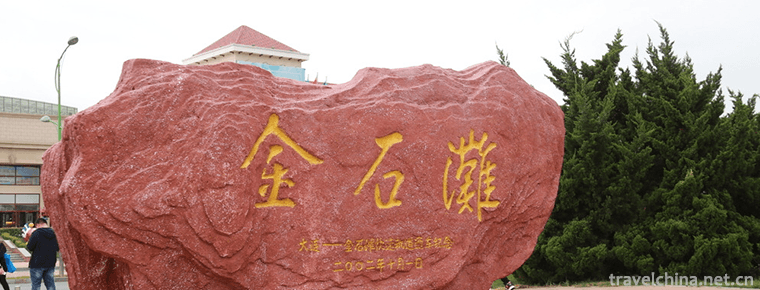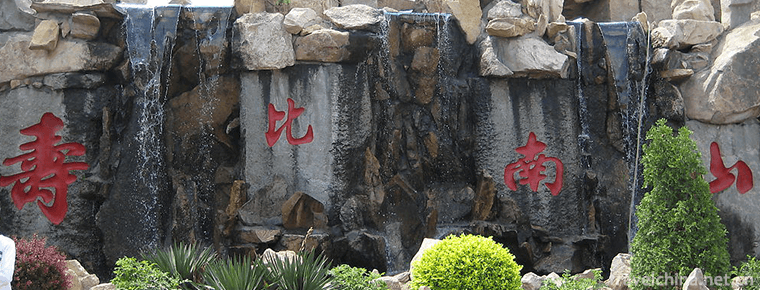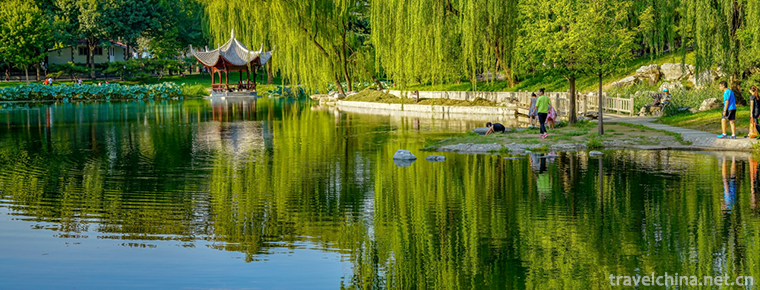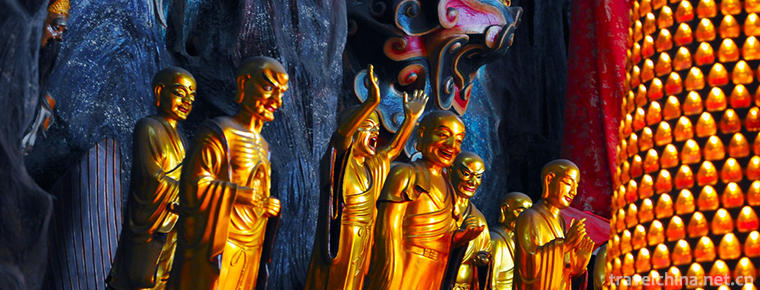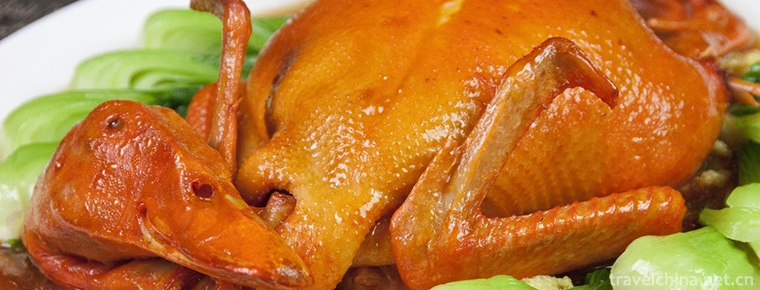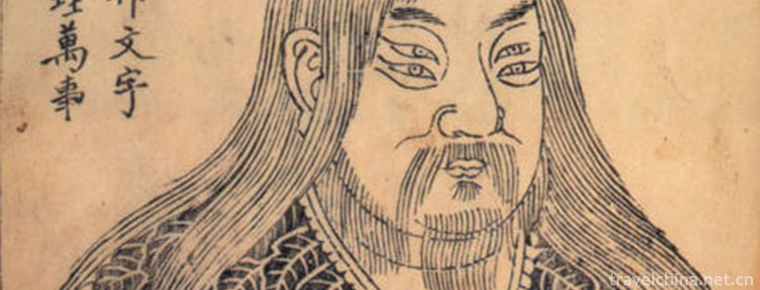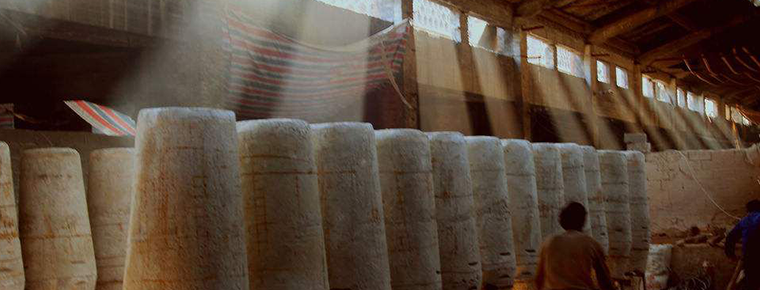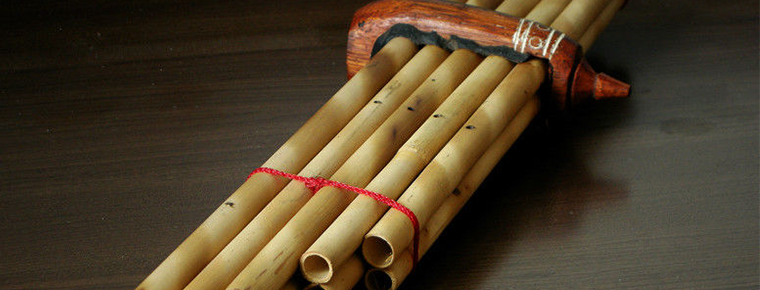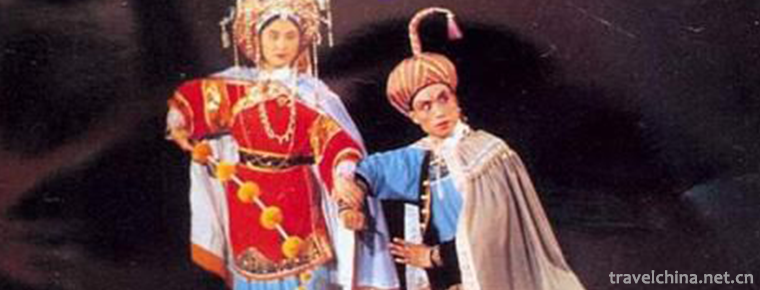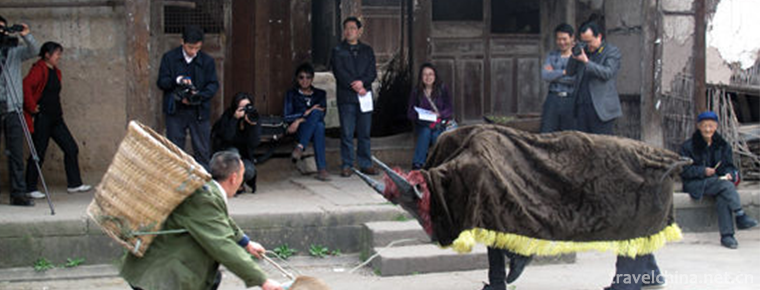West Lake Scenic Spot in Hangzhou
Hangzhou West Lake Scenic Spot is located in the center of Hangzhou City, Zhejiang Province. It is divided into lakeside area, Lake Center area, North Mountain area, south mountain area and Qiantang district. The beautiful scenery of lakes and mountains and numerous scenic spots and historic sites are well-known both at home and abroad. It is a famous tourist attraction in China and also known as paradise on earth. Mountains in the scenic area are not more than 400 meters high, surrounded by the south, West and north of the West Lake. Among them, Wushan and Gemstone Mountain are like two arms, one south and one north, extending into the urban area, forming a beautiful spatial contour of Hangzhou. The total area of the scenic spot is 49 square kilometers, of which the lake is 6.5 square kilometers, with the lake as the main body, formerly known as Wulin Water, Qiantang Lake, Xizi Lake, and the Song Dynasty as the West Lake. A large number of trees and shrubs make up sparse space with different sizes, mainly plant landscaping, supplemented by pavilions, terraces, pavilions, corridors, pavilions, bridges, Ting. The West Lake flourishes alongside Hangzhou, which is famous for the West Lake. "Hangzhou is the most beautiful of the 36 West Lake under heaven". On May 8, 2007, it was officially approved by the National Tourism Administration as a national AAAAA tourist attraction. On June 24, 2011, "West Lake Cultural Landscape in Hangzhou, China" was officially listed in the World Heritage List.
position
Hangzhou West Lake Scenic Spot is located in the west of Hangzhou City. It is situated in the area of plain, hill, lake and river-sea, surrounded by mountains on three sides and bordered by urban area on one side. It is divided into lakeside area, Lake Center area, North Mountain area, south mountain area and Qiantang area, with a total area of 49 square kilometers, of which the lake area is 6.5 square kilometers. The West Lake flourishes alongside Hangzhou, which is famous for the West Lake.
Landforms
Since ancient times, "Hangzhou is the most beautiful of the 36 West Lake under heaven". The West Lake Scenic Spot is dominated by the lake, which is composed of a large number of trees and shrubs with sparse space of different sizes. The West Lake Scenic Spot is dominated by plant landscaping with rich seasonal changes, supplemented by pavilions, terraces, pavilions, galleries, pavilions, bridges and tins. Around the lake, surrounded by green shade, green hills, painted bridges and willows, Yunshu cage yarn. Between the rolling mountains, there are beautiful forest springs and deep streams. Landscape layout with real mountains and rivers, history and culture, myths and legends, the mountains outside the mountains, lakes in the lake, scenery outside the scenery, garden in the landscape embellishment incisively and vividly.
Hangzhou West Lake Scenic Spot is located in the center of Hangzhou City, Zhejiang Province. It is divided into lakeside area, Lake Center area, North Mountain area, south mountain area and Qiantang district. The beautiful scenery of lakes and mountains and numerous scenic spots and historic sites are well-known both at home and abroad. It is a famous tourist attraction in China and also known as paradise on earth. Mountains in the scenic area are not more than 400 meters high, surrounded by the south, West and north of the West Lake. Among them, Wushan and Gemstone Mountain are like two arms, one south and one north, extending into the urban area, forming a beautiful spatial contour of Hangzhou. The total area of the scenic spot is 49 square kilometers, of which the lake is 6.5 square kilometers, with the lake as the main body, formerly known as Wulin Water, Qiantang Lake, Xizi Lake, and the Song Dynasty as the West Lake. A large number of trees and shrubs make up sparse space with different sizes, mainly plant landscaping, supplemented by pavilions, terraces, pavilions, corridors, pavilions, bridges, Ting. The West Lake flourishes alongside Hangzhou, which is famous for the West Lake. "Hangzhou is the most beautiful of the 36 West Lake under heaven". On May 8, 2007, it was officially approved by the National Tourism Administration as a national AAAAA tourist attraction. On June 24, 2011, "West Lake Cultural Landscape in Hangzhou, China" was officially listed in the World Heritage List.
position
Hangzhou West Lake Scenic Spot is located in the west of Hangzhou City. It is situated in the area of plain, hill, lake and river-sea, surrounded by mountains on three sides and bordered by urban area on one side. It is divided into lakeside area, Lake Center area, North Mountain area, south mountain area and Qiantang area, with a total area of 49 square kilometers, of which the lake area is 6.5 square kilometers. The West Lake flourishes alongside Hangzhou, which is famous for the West Lake.
Landforms
Since ancient times, "Hangzhou is the most beautiful of the 36 West Lake under heaven". The West Lake Scenic Spot is dominated by the lake, which is composed of a large number of trees and shrubs with sparse space of different sizes. The West Lake Scenic Spot is dominated by plant landscaping with rich seasonal changes, supplemented by pavilions, terraces, pavilions, galleries, pavilions, bridges and tins. Around the lake, surrounded by green shade, green hills, painted bridges and willows, Yunshu cage yarn. Between the rolling mountains, there are beautiful forest springs and deep streams. Landscape layout with real mountains and rivers, history and culture, myths and legends, the mountains outside the mountains, lakes in the lake, scenery outside the scenery, garden in the landscape embellishment incisively and vividly.
Orion of the Name
The West Lake was originally a bay. It evolved from a bay into a lagoon and formed a common lake from a lagoon. The West Lake was a natural lake, which was flooded in the course of its development. West Lake is a lake in Qiantang County, so it is called Qiantang Lake (from the Tang Dynasty, "Qiantang" was changed to "Qiantang"), and because there is a lake connected with it in the north, the water level is lower than it, called Xihu, so the West Lake is also called Shanghu. The acquisition of the name West Lake is the result of the historical development and the change of geographical location of Qiantang County. Since the Qin Dynasty set up Qiantang County in the mountains of the West Lake Group, the county government may have moved away from the mountains and gradually entered the plain in the past two Han Dynasty, the Three Kingdoms, the Jin Dynasty and the Northern and Southern Dynasties. In the eleventh year of Emperor Wendi of Sui Dynasty (591), Qiantang County was transferred to Liupu at the foot of Phoenix Mountain, and was upgraded to Hangzhou State Administration in terms of administrative rank.
In the second year of Changqing (822), in order to increase the water storage capacity of the West Lake, Bai Juyi built a lake bank near Shihan Bridge, the Youth Palace, several feet higher than the original Lake bank. The water level of the West Lake was higher than that of the Lower Lake. Bai Juyi built a dyke, which caused a wider gap between the water level of the upper and lower lakes. Despite the fact that Xiahu has been flooded for a long time, this man-made topographic gap still exists in the two directions of the hydropower station at least one year North of the West Lake shore near the Youth Palace and the West Road East to Huancheng. Bai Juyi's construction of the lake embankment in the early ninth century was epoch-making for the development of the West Lake. Since then, the nature of the West Lake has changed, and it has evolved from a natural lake to an artificial lake. The West Lake was changed by Bai Juyi's dyke construction, and Bai Juyi still called it Qiantang Lake. When the name West Lake became popular, it was already an artificial lake.
After the West Lake became an artificial lake, it was renovated in the period of Wu and Yue Kingdom. After the Northern Song Dynasty, Wang Ji of Zhizhou, who lived in Jingde for four years (1007), dredged the whole lake and built the dam equipment of the West Lake. Zheng Jian and Shen Kun of Zhizhou in the Song Renshou Period (1023-1063) used tens of thousands of migrant workers to denounce the wasted lakes and dredge them on a large scale, while Shen Gongjing, a new well with huge water supply, was added to the six wells. In the second year of Su Shi's reign in Xining (1069), he devoted himself to the study of water resources in West Lake, and explored the plans for unobstructing Six Wells and Shengong Wells. In the first year of Yuanyou (1086), Su Shi came to Hangzhou for the second time to serve as Zhizhou. He worked out a plan for dredging the West Lake, and wrote the prelude of Begging the West Lake of Hangzhou to the court. The pamphlet is the first official document to use the name "West Lake", which indicates that the city of Hangzhou has been built entirely to the east of the West Lake, and the name of the West Lake has become popular.
Among the more than 100 scenic spots with different characteristics, there are more famous "ten sceneries of West Lake" and "ten sceneries of New West Lake" as well as "three comments on ten sceneries of West Lake". West Lake is a famous historic and cultural resort in China. It has five national key cultural relics protection units, 35 provincial cultural relics protection units, 25 municipal cultural relics protection units, 39 cultural relics protection sites and various thematic museums.
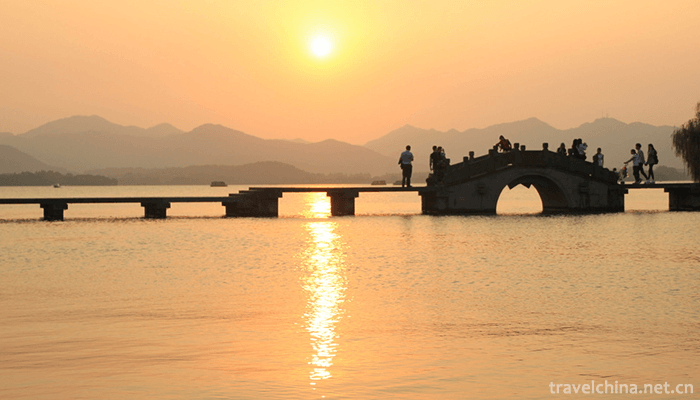
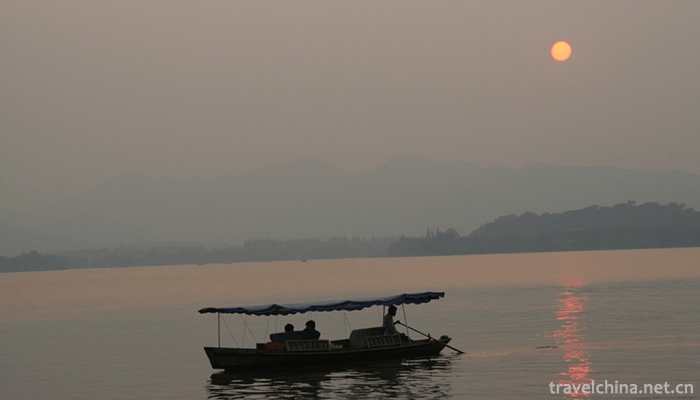
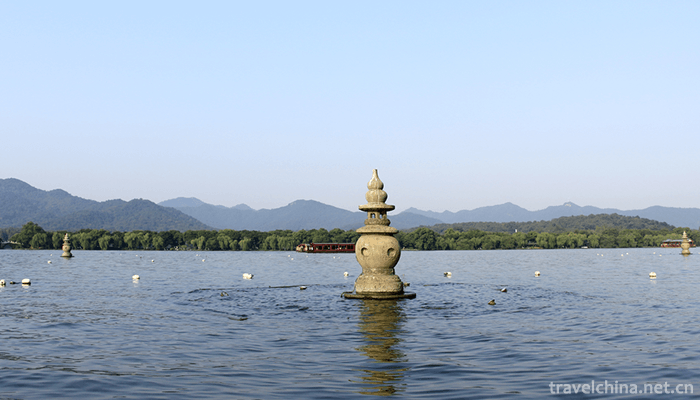
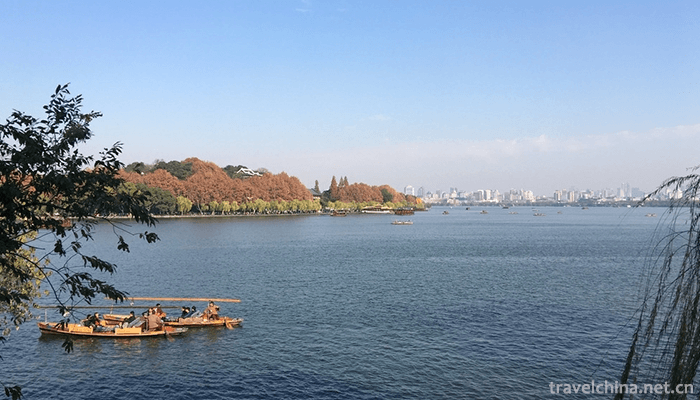
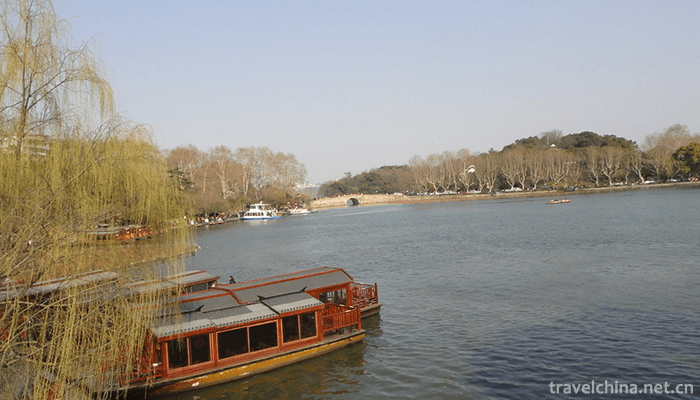

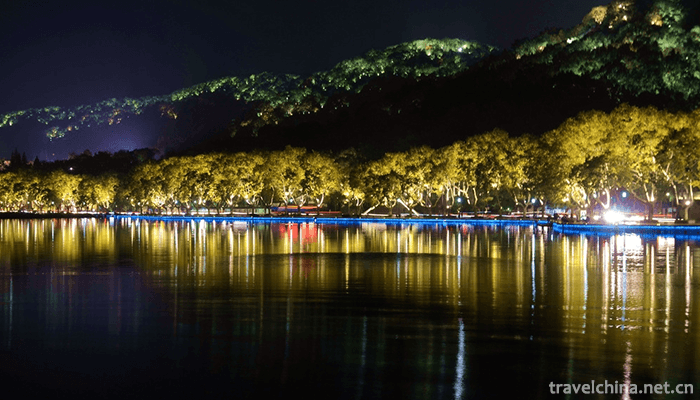
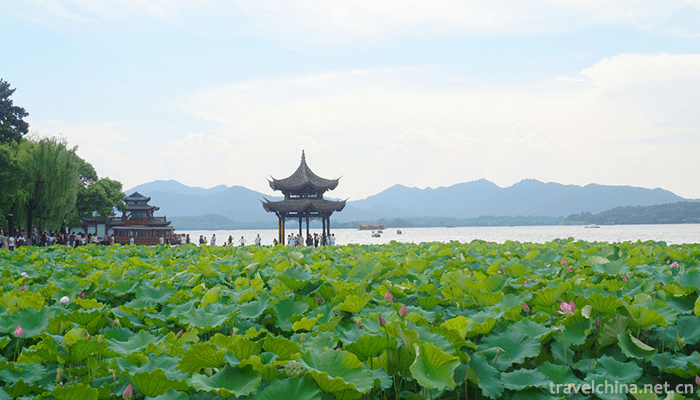
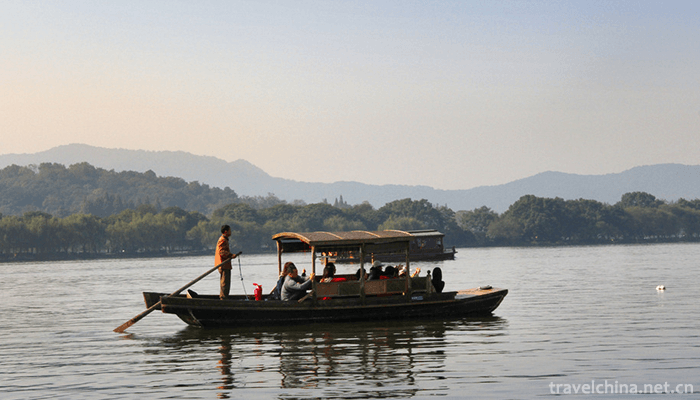
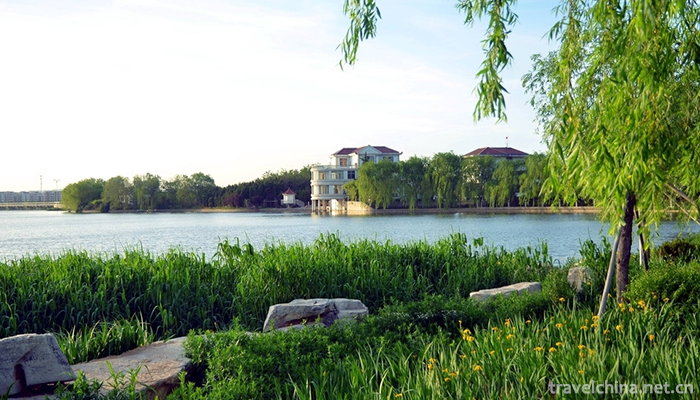
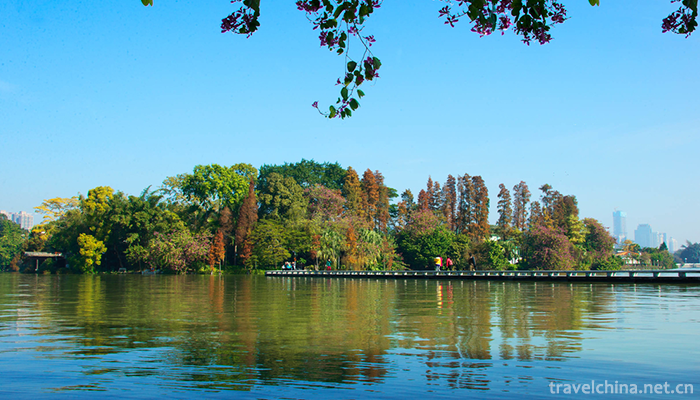
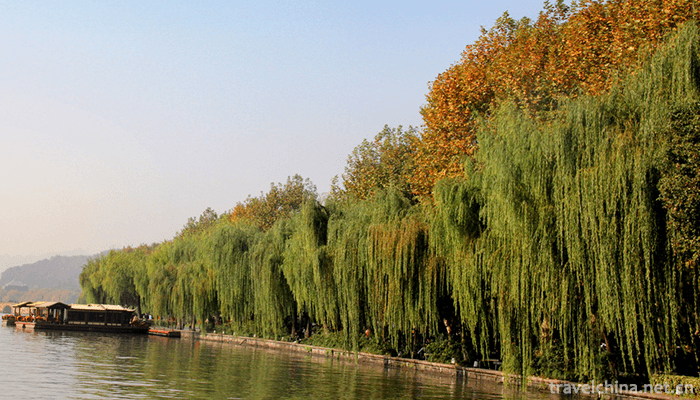
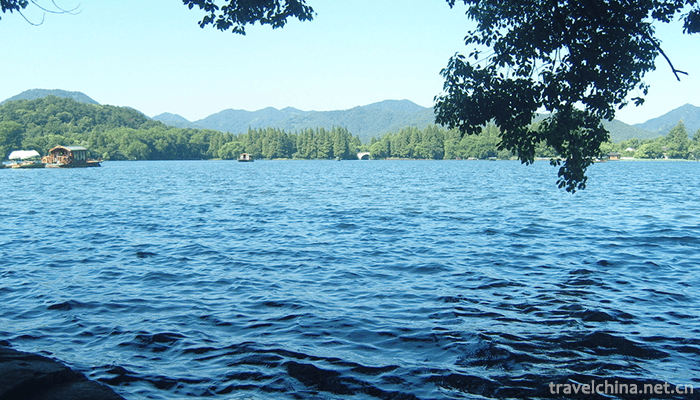
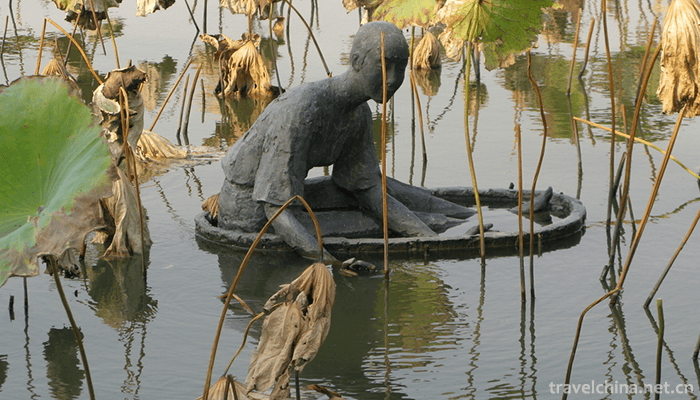

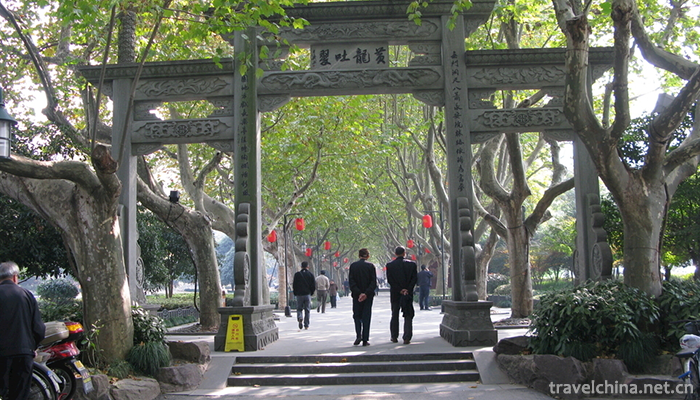
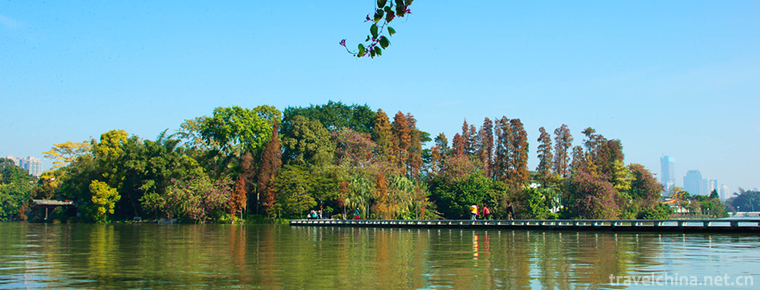
West Lake Scenic Spot in Hangzhou
-
Dalian Jinshitan Scenic Area
Jinshitan is a national scenic spot, a national tourist resort, a national AAAAA scenic spot and a national geological park. It has been evaluated by CNN TV as one of the 40 most beautiful scenic spot
Views: 197 Time 2018-12-04 -
Longkou Nanshan Scenic Area
Nanshan tourist scenic spot is located in the beautiful scenery of Lu Shan in Longkou City, Yantai City, Shandong province. The scenic spots of Nanshan Temple
Views: 145 Time 2018-12-08 -
Taoranting Park
Taoranting Park, located on the northwest side of Taoranqiao in the South Second Ring of Beijing, is a new modern urban garden, which integrates ancient and modern gardening arts and focuses on highli
Views: 166 Time 2019-02-13 -
Zhenjiang Jinshan Temple
Jinshan Temple was built in Jinshan Mountain on the South Bank of the Yangtze River in Zhenjiang City, Jiangsu Province, at the time of Emperor Ming of the Eastern Jin Dynasty
Views: 266 Time 2019-03-18 -
Eight treasures duck
Babao duck is a characteristic traditional dish in Suzhou, which belongs to Shanghai cuisine and Su cuisine. But it is best cooked by the old restaurant in Shanghai, Town God's Temple
Views: 237 Time 2019-03-27 -
Legend of Cang Jie
Cangjie Legend is an ancient Chinese folklore. The story of Cangjie's writing originated from the Yan and Huang Dynasties and has a history of 5,000 years. Legend has it that in
Views: 236 Time 2019-04-04 -
Construction Techniques of Jingdezhen Traditional Porcelain Kiln Workshop
Jingdezhen traditional porcelain kiln workshop building skills, Jiangxi Province Jingdezhen local traditional ceramic industry building and building skills, one of the national intangible cultural her
Views: 112 Time 2019-05-08 -
Lusheng music
Lusheng is one of the core musical instruments in Miao traditional music culture. In the long history of Miao music practice, its cultural function is not limited to universal musical instruments, bec
Views: 120 Time 2019-05-15 -
Guizhou opera
Guizhou Opera is one of the local operas popular in Guizhou Province. It evolved and developed from the opera Yangqin (also known as "Wenqin", "Guizhou Playing Ci")
Views: 183 Time 2019-06-10 -
Adjustment and suspension
Lifting is a unique folk sports event in Shaoxing City, Zhejiang Province. Appeared in the middle and late Qing Dynasty, the tuning and hanging actors were named "tuning and hanging" because
Views: 109 Time 2019-06-21 -
Play with cattle
Playing cattle originated from the worship of nature in ancient times. In the era of farming civilization, cattle farming is particularly important for people's production and life. Therefore, through
Views: 350 Time 2019-06-25 -
Yibin economy
In 2019, Yibin City will realize a GDP of 260.189 billion yuan, an increase of 8.8% over the previous year in terms of comparable prices. Among them, the added value of the primary industry was 27.764 billion yuan, an increase of 2.9%; the add
Views: 309 Time 2020-12-18
